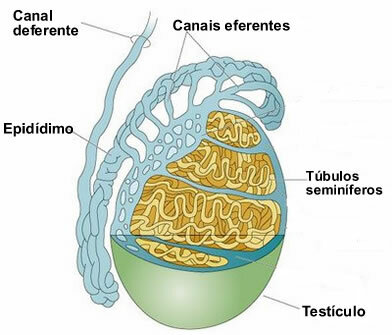The detection of a wavelike remnant from the time when the universe was opaque is a significant discovery in astronomy and cosmology.
The trace was found in a supercluster of galaxies close to our own supercluster, known as Laniakea. Specifically, this is a characteristic called Baryonic Acoustic Oscillation (BAO).
see more
Interestingly, the origin of the term 'idiot' is not an insult;…
Brazilian students stand out in international AI competition…
These baryonic acoustic oscillations are marks left in the matter of the universe by disturbances that occurred shortly after the Big Bang.
They represent variations in density in the primordial matter of the universe and are the result of pressure fluctuations and density that propagated through the hot, dense plasma that filled the cosmos at a time when light could not travel freely.
Traces of the Big Bang
The existence of a bubble about 1 billion light years in diameter, which houses these oscillations acoustics, is intriguing evidence of how the universe evolved and expanded over billions of years. years.
Dr. Brent Tully's leadership in this research demonstrates the commitment of dedicated scientists to expanding our knowledge of the cosmos and sharing their discoveries with the world.

(Image: Frédéric Durillon/Animea Studio/Daniel Pomarède/IRFU/Reproduction)
The explanation given by astrophysicists about the universe being opaque at that time due to the inability of photons to traveling without being absorbed by atoms such as deuterium, is fundamental to understanding the conditions of the cosmos primitive.
This absorption of photons by primordial atoms was a crucial feature of the universe in the first eras after the Big Bang, when elements and cosmic structure were forming.
The accidental discovery of the Baryonic Acoustic Oscillation (BAO) by Dr. Brent Tully and his team is a remarkable demonstration of serendipity in scientific research.
Even if they were not specifically looked for by BAOs, the discovery of these features is of great relevance, as they could provide crucial information about the early universe.
Furthermore, the closer-than-predicted proximity of the BAO-containing bubble to the Milky Way is an intriguing finding.
This could have important implications for our understanding of the expansion rates of the universe, one of the fundamental aspects of cosmology.
The publication of the article in The Astrophysical Journal highlights the importance of scientific communication and sharing discoveries with the academic community and the general public.
At Trezeme Digital, we understand the importance of effective communication. We know that every word matters, which is why we strive to deliver content that is relevant, engaging and personalized to meet your needs.



